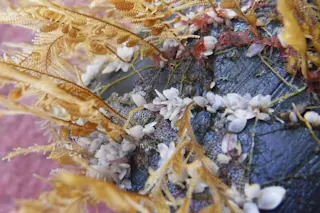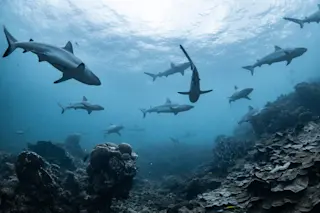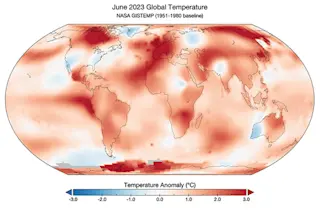"You know Marlow in Heart of Darkness, the guywho's the narrator, the captain?" Cindy Lee Van Dover,a deep-sea biologist, is sitting in the cafeteria of the R/VKnorr, one day out of Mauritius. Her wavy, neck-length hair isstreaked with gray; she wears a floral print shirt, a denim miniskirt,sandals, and a simple necklace. "In the beginning of the book," she con-tinues, "Marlow talks about liking maps. And back then the blank spaces wereon the continents. He'd look at them and point to one and say,'When I grow up, I will go there.' For me, looking at the midocean ridge—I walk around with this image of it in my mind all the time—there are just these big voids. And I think, 'When I grow up, I will go there.'
The midocean ridge, a mountain range that winds around the planet through every ocean, is as unfamiliar to most of us as the ...














